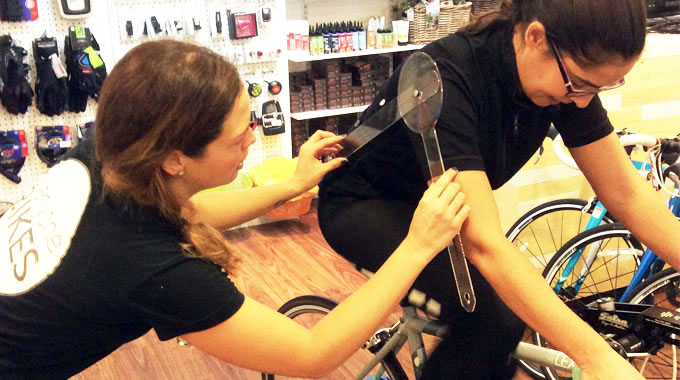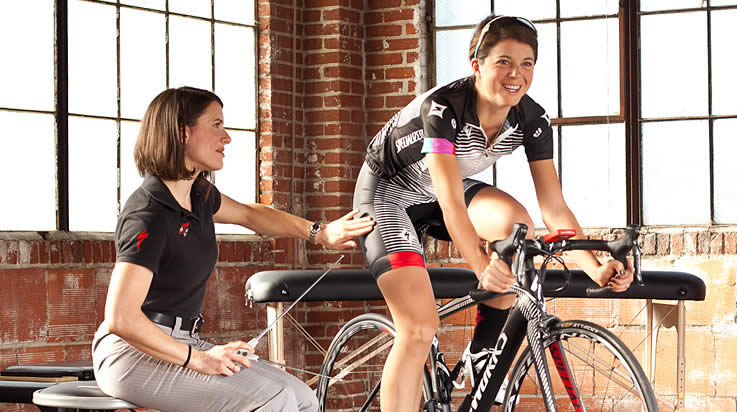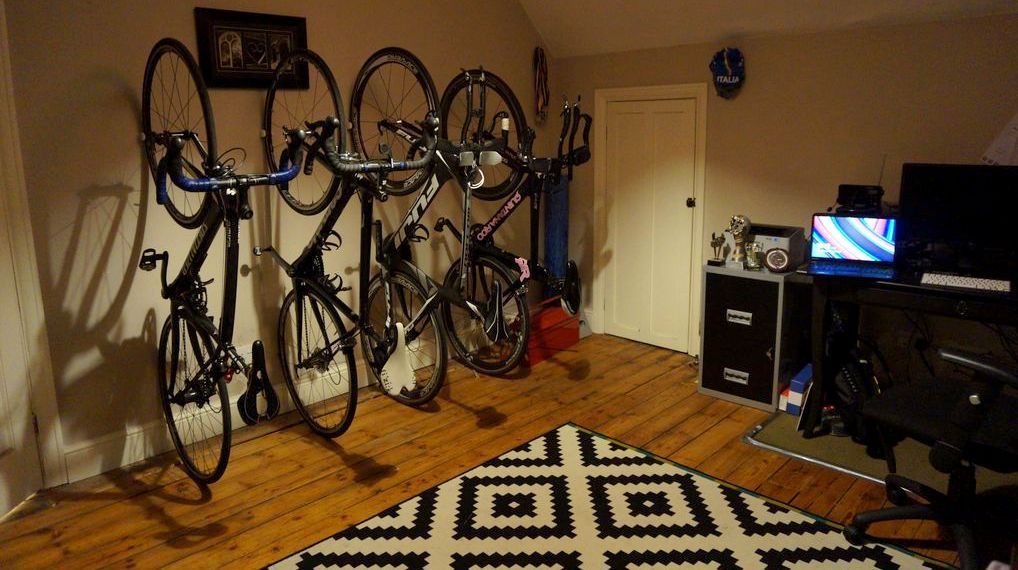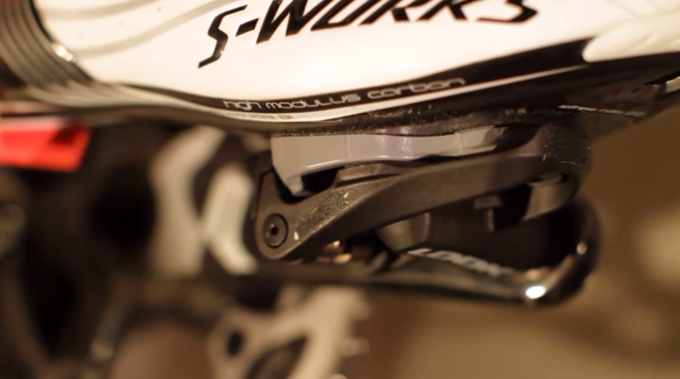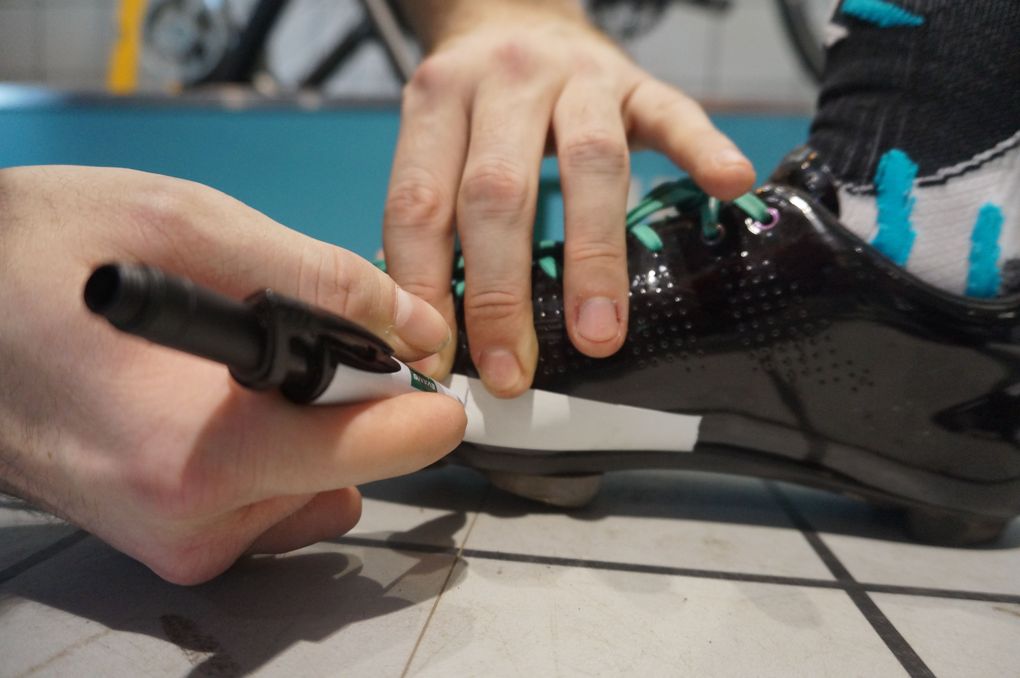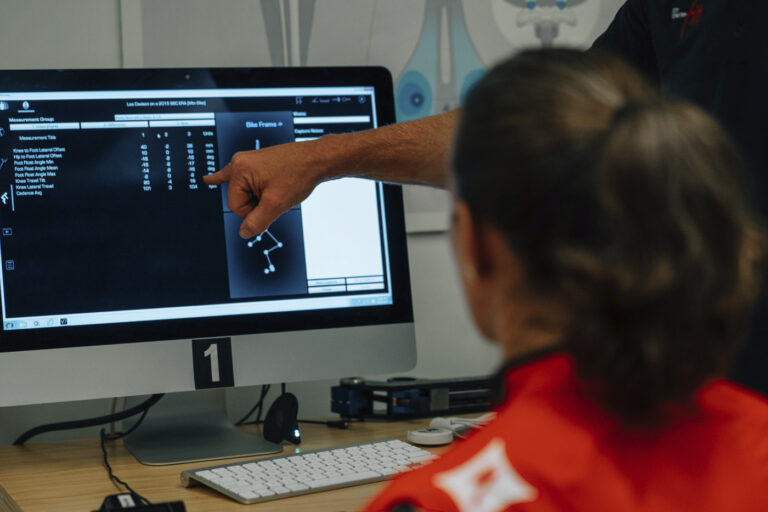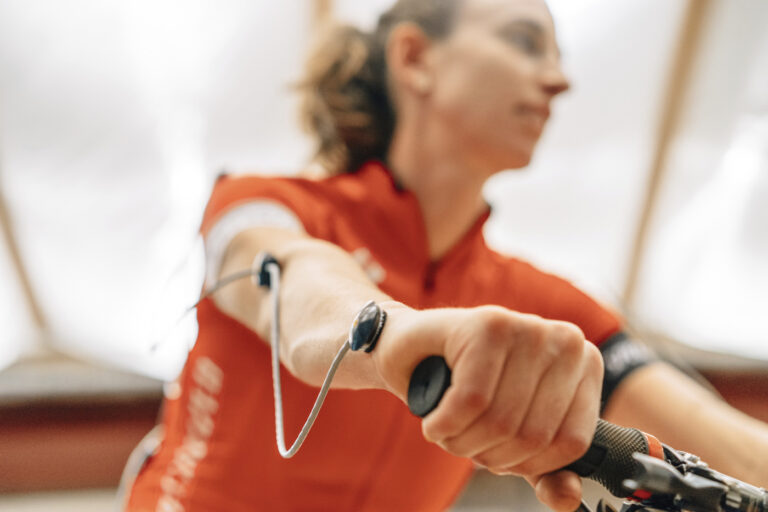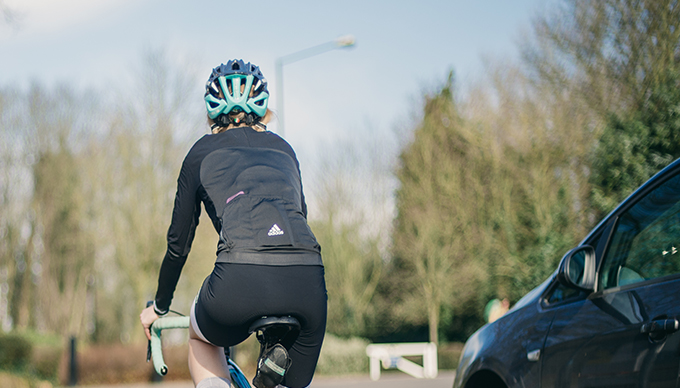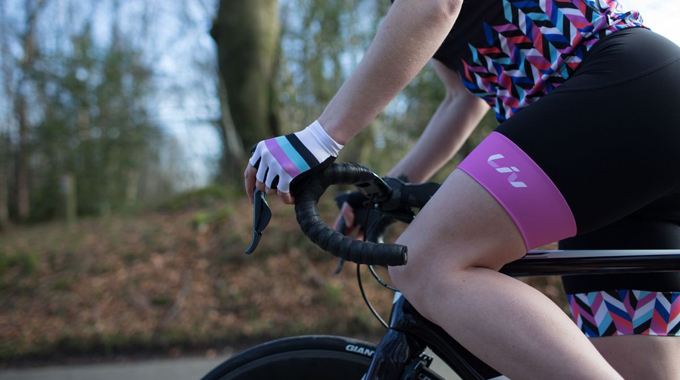Deciding to pay-up for a professional bike fit can take some convincing – after all, you’ll be handing over a wodge of cash only to walk out with exactly the same bike with the saddle and handlebars in a slightly different position. However, I’ve yet to hear a cyclist fitted by a qualified professional lament the decision.
A professional bike fit can make a huge difference to your riding – either removing niggles that had been bothering you for an age or increasing your performance by allowing you to utilise the right muscles.
Though it’s possible to get yourself in a ‘safe and sensible’ position with a friend, a tape measure and a turbo, a professional fitter will have tailored hundreds of bikes to riders and can spot the tiny nuances such as a dropping heel or a pedal stroke that isn’t round and therefore lacks power.
However, a bike fit is a two way process – the fitter isn’t a mind reader or a magician and can only work with what you tell them and the feedback you provide. Since you’ll be paying cold, hard cash for the experience, you’ll want to get the most from it – here are some tips to help ensure you walk out with a fit you’re happy with…

